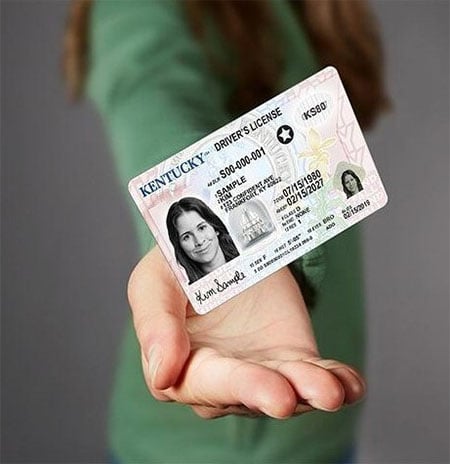Team Kentucky is joining the national effort to encourage parents to talk to their young drivers about safe behaviors and risks on the road during National Teen Driver Safety Week Oct. 19-25.
The campaign, spearheaded by the National Highway Traffic Safety Administration (NHTSA), is supported by the Kentucky Transportation Cabinet (KYTC) to promote safer roadways across the commonwealth.

According to KYTC’s Office of Highway Safety, over the past three years in Kentucky, there were more than 48,000 crashes involving a teenage driver, resulting in more than 13,000 injuries and 210 deaths. NHTSA reports that motor vehicle crashes are the leading cause of death for teens in the United States. Per mile driven, teens are involved in three times as many fatal crashes as all other drivers.
To further encourage safety among teen drivers, Kentucky has participated in multiple initiatives including hosting the Safe Teen Driving Challenge to reward safe behaviors, promoting the Ford Driving Skills for Life to offer hands-on drills, and co-developing the free Kentucky Checkpoints™ program to educate parents and teens on Graduated Driver Licensing (GDL) requirements and teen driving risks.
“While nothing beats the experience that comes with driving, we are making sure we’re doing our part by offering teens access to resources and ensuring our roads and bridges are safe for all drivers,” KYTC Secretary Jim Gray said. “Caregivers can help by setting clear rules and modeling safe driving habits to help reduce the risks teen drivers face on the road.”
NHTSA outlines six basic rules for the road:
• Avoid Distracted Driving: Driver distraction is the leading factor in most crashes. Avoid talking or texting on cellphones, talking to passengers, adjusting audio and climate controls, eating or drinking while driving, or wearing headphones that block out sounds like sirens and horns.
• Wear Seat Belts: Wearing a seat belt is the best protection against injury and death, yet teens are less likely to be buckled up than members of any other age group. Properly fastened seat belts contact the strongest parts of the body and spread the force of a crash over a wide area of the body.
• Minimize Passengers: NHTSA research shows that the risk of a fatal crash goes up dramatically in direct relation to the number of passengers in a car. The likelihood of teen drivers engaging in risky behavior triples when traveling with multiple passengers.
• Obey Speed Limits: Limits are put in place to protect all road users. Driving over the speed limit greatly reduces a driver’s ability to steer safely around another vehicle, a hazardous object or an unexpected curve. According to NHTSA, young males are most likely to be involved in speed-related fatal crashes.
• Drive Sober: While teens cannot legally buy, possess or consume alcohol, they are still at risk. Impairment begins with one drink and slows reflexes, weakens coordination, blurs eyesight, and gives a false sense of being in control. Marijuana and other drugs also affect a driver’s ability to safely react to their surroundings.
• Don’t Drive Drowsy: Between school and extracurricular activities, teens are busier than ever and tend to compromise something very important – sleep. According to NHTSA’s National Motor Vehicle Crash Causation Study, drowsy drivers are twice as likely to make performance errors in a crash as compared to drivers who are not fatigued.
Additional information about the Kentucky Safety Prevention Alignment Network’s (KSPAN) Kentucky Checkpoints™ program – available in every county – can be found by visiting the KSPAN website or by contacting KSPAN Program Coordinator Steve Sparrow at Steve.Sparrow@uky.edu
Additional information on Graduated Driver Licensing requirements can be found on Kentucky’s graduated driver licensing (GDL) law website.
For more information and statistics on teen driving, visit NHTSA’s website www.nhtsa.gov/road-safety/teen-driving.
Kentucky Transportation Cabinet





















